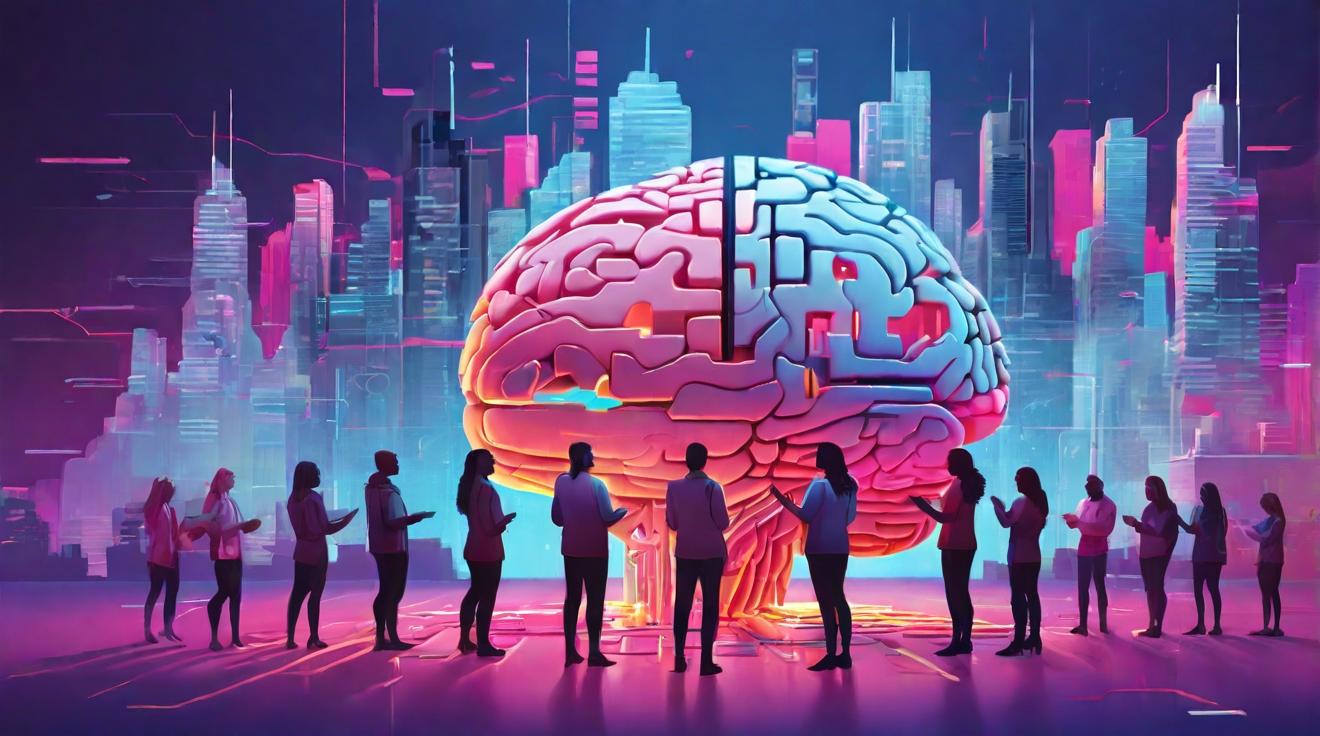The Economic Impact of COVID-19 on the {State} and the Road to Recovery
The COVID-19 pandemic has taken a toll on economies across the United States, and {State} is no exception. As businesses shut down and unemployment rates skyrocketed, the state’s economy took a hit like never before. However, as the state navigates its way towards recovery, there are signs of resilience and hope.
Paragraph 1: The pandemic led to widespread job losses, with many businesses being forced to close their doors indefinitely. The impact was felt in various sectors, including hospitality, tourism, and retail. The {State}’s unemployment rate soared to unprecedented heights, leaving thousands of people without a source of income.
Paragraph 2: However, as the state gradually reopens and vaccinations become more widespread, there is a glimmer of hope for economic recovery. Businesses are adapting to the new normal and finding innovative ways to serve customers, whether through online platforms or implementing strict safety measures. This resilience and adaptability will undoubtedly play a crucial role in the state’s journey towards recovery.
Paragraph 3: The state government has also implemented initiatives to support businesses and stimulate economic growth. From small business grants to tax breaks, the {State} is working towards creating an environment conducive to economic revitalization. These efforts, coupled with the determination of local communities, are laying the foundation for a strong recovery.
Paragraph 4: It is important to acknowledge that the road to recovery will not be without its challenges. Many businesses have permanently closed, leaving behind vacancies in commercial spaces. Addressing this issue will require careful planning and strategic investments in order to revitalize the sectors that have been hit the hardest.
Paragraph 5: Furthermore, the recovery process must not only focus on restoring businesses but also on supporting individuals who have been adversely affected by the pandemic. Implementing job training programs and providing financial assistance to struggling households will be essential in ensuring a comprehensive and inclusive recovery for the {State}.
Paragraph 6: As the state’s economy inches towards recovery, it is crucial to consider the lessons learned from the pandemic. This crisis has highlighted the importance of diversifying the economy and preparing for unexpected disruptions. Investing in industries that are more resilient to future shocks, such as technology and healthcare, will help create a more robust and sustainable economy for the future.
The Changing Demographics of {State}: Implications and Opportunities
The demographics of {State} are rapidly evolving, presenting both challenges and opportunities for the state’s social fabric and economy. Understanding these shifts and their implications is crucial for policymakers, businesses, and communities alike.
Paragraph 1: Over the past decade, {State} has seen an increase in population, driven by factors such as migration and natural growth. This growth has led to a more diverse population, with a mix of cultures, languages, and backgrounds. These changing demographics have the potential to enrich the state’s social fabric and contribute to its economic growth.
Paragraph 2: One of the key implications of the changing demographics is the need for inclusive policies and practices. Welcoming and embracing diversity can lead to innovation, as different perspectives and experiences are brought to the table. This, in turn, can fuel economic growth and enhance the state’s overall competitiveness.
Paragraph 3: However, it is important to address the challenges that come with these demographic changes. Ensuring equitable access to resources, education, and healthcare will be crucial to prevent disparities among different population groups. Investing in infrastructure and social programs that cater to the needs of diverse communities will help bridge these gaps and foster social cohesion.
Paragraph 4: The changing demographics also present opportunities for businesses in {State}. Understanding the needs and preferences of different population groups can help companies tailor their products and services to a larger customer base. This can lead to increased market share and potential for growth.
Paragraph 5: Additionally, the influx of diverse cultures and backgrounds can enhance the state’s tourism industry. Highlighting the unique experiences and attractions that {State} has to offer can attract visitors from various backgrounds, contributing to the economy and promoting cultural exchange.
Paragraph 6: Embracing the changing demographics of {State} requires a collaborative effort from all stakeholders. This includes policymakers, businesses, and community leaders. By working together to create an inclusive and welcoming environment, {State} can capitalize on the opportunities presented by these demographic shifts and ensure a prosperous future for all residents.
Analyst comment
Positive news: The state is showing signs of resilience and hope as it navigates its way towards economic recovery. Businesses are adapting to the new normal and finding innovative ways to serve customers, and the state government has implemented initiatives to support businesses and stimulate growth.
Analyst’s prediction for the market: With the gradual reopening of the state and widespread vaccinations, the economy is expected to recover. However, challenges such as business closures and addressing disparities among different population groups will need to be addressed. Overall, the state’s economy is projected to recover and become more robust and sustainable by diversifying industries and investing in sectors resilient to future disruptions.













